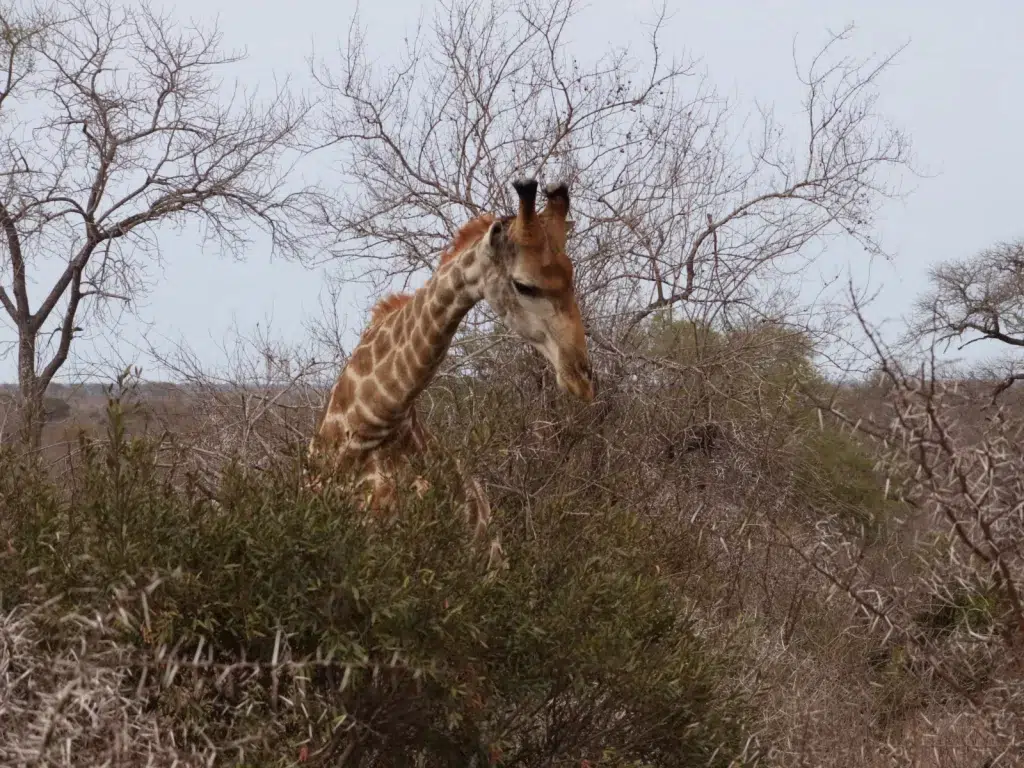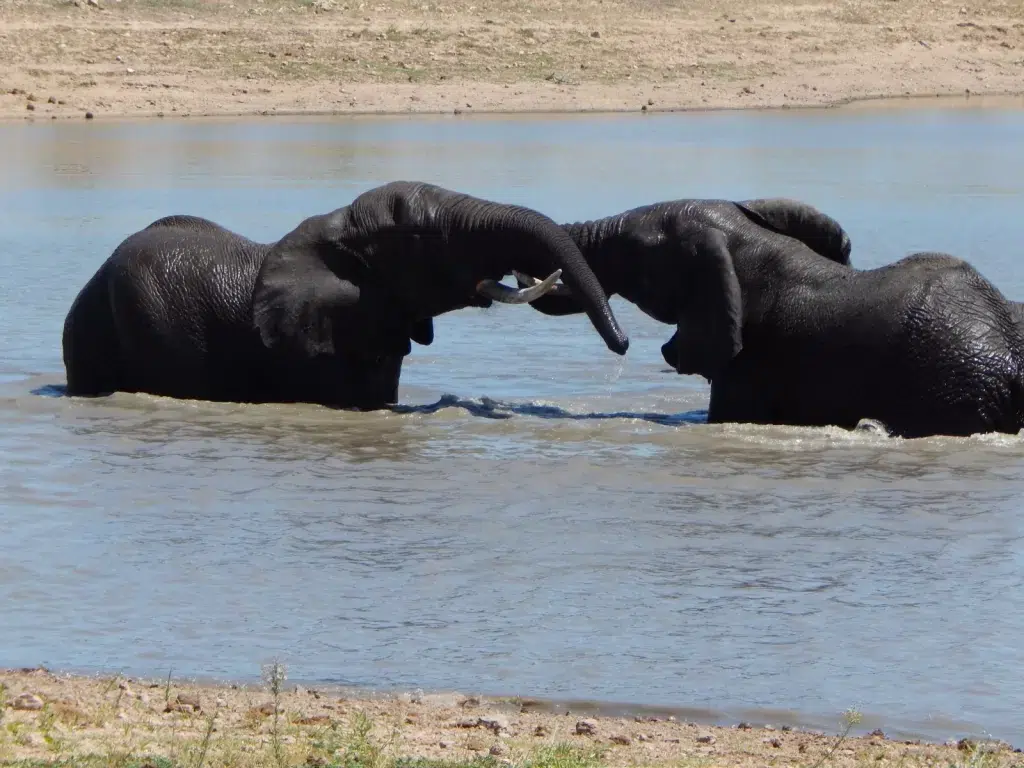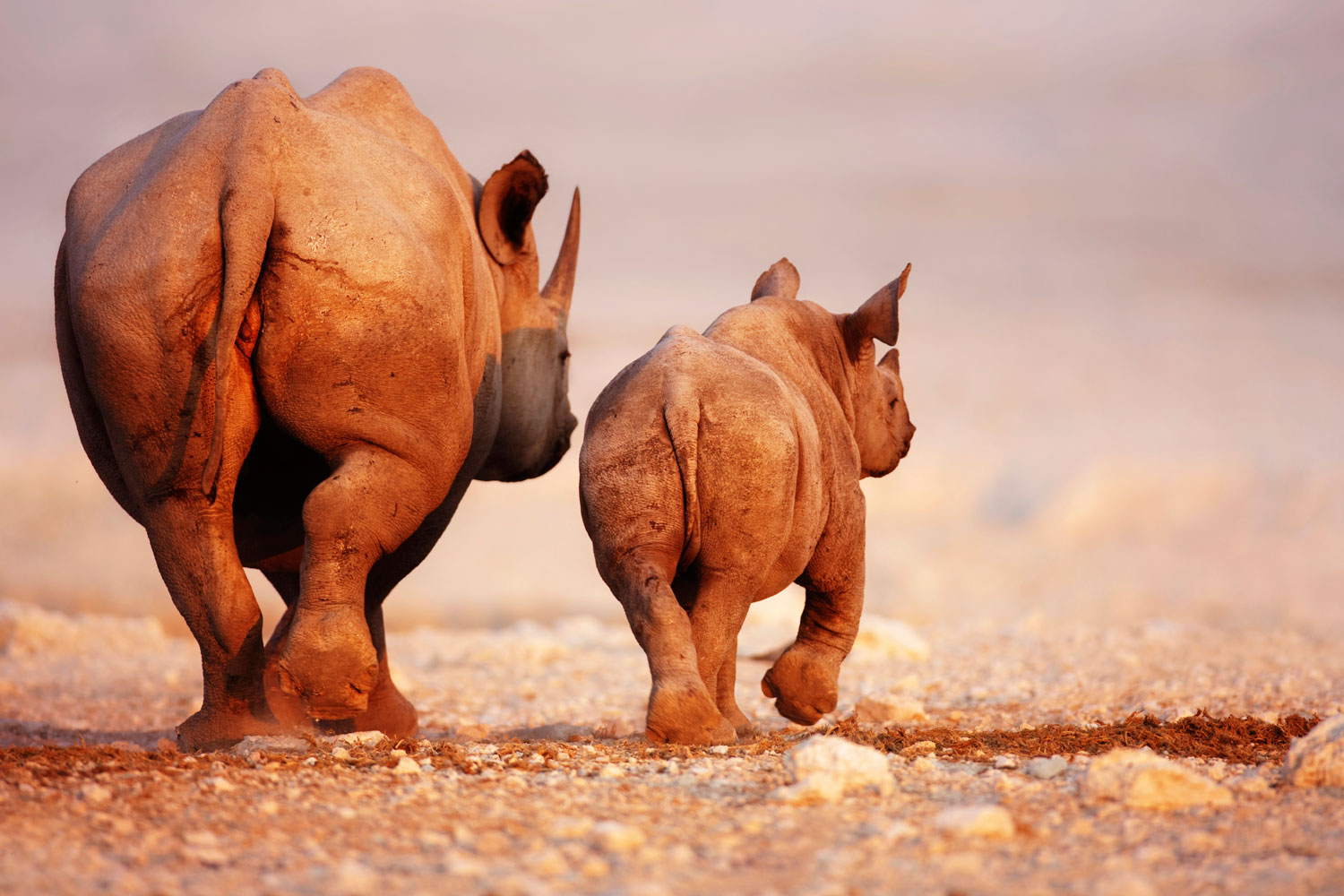
Tracking the Big Five on Foot: A Walking Safari Adventure
When you think of a safari, images of open 4×4 vehicles bumping along dirt tracks often come to mind. But for those seeking a deeper, more intimate connection with the wild, nothing compares to a walking safari. Imagine the thrill of tracking the iconic Big Five on foot — the lion, leopard, elephant, buffalo, and rhinoceros — while immersing yourself in the sights, sounds, and smells of the African bush.
Why Choose a Walking Safari?
Walking safaris offer a completely different perspective on wildlife and nature compared to vehicle-based tours. Moving silently on foot allows you to notice subtle details you might otherwise miss: the delicate footprints of a leopard, the rustle of a hidden bird, or the intricate patterns of insects crawling on the forest floor. It’s an immersive experience that brings you closer to the environment and the animals that call it home.
The Thrill of Tracking the Big Five on Foot
Tracking the Big Five while on foot is both exhilarating and humbling. Your trained guide and tracker use their expert knowledge of animal behavior, spoor identification, and terrain to lead you safely through their natural habitats. There’s a special kind of excitement in following fresh tracks or spotting distant movement through the brush — it’s a true test of patience, skill, and respect for nature.
Unlike vehicle safaris, walking safaris allow you to experience the landscape at eye level, giving you a sense of vulnerability and awe. You’re not just a spectator; you become part of the ecosystem’s rhythm, understanding the delicate balance between predator and prey.
Safety Protocols: Walking with Caution and Respect
Safety is paramount on a walking safari. Professional guides undergo extensive training to ensure every adventure is both thrilling and secure. Here are some key safety measures typically followed:
- Trained Guides and Trackers: Walking safaris are always led by experts who read animal behavior and interpret signs to keep the group safe.
- Group Size: Small groups reduce noise and disturbance, allowing the safari to proceed quietly and safely.
- Constant Vigilance: Guides maintain communication with park rangers and remain alert for any changes in animal behavior.
- Respectful Distance: While walking, the rule is to observe without disturbing — keeping a safe distance from wildlife to avoid stress or confrontation.
- Emergency Protocols: Guides are equipped with radios, first aid kits, and knowledge of emergency evacuation procedures.
What to Expect on a Walking Safari
- Early Starts: Walking safaris often begin early in the morning or late afternoon when animals are most active, avoiding the midday heat.
- Slow Pace: Walking allows you to absorb the environment fully, taking time to observe everything from tiny insects to majestic elephants.
- Learning Opportunities: Guides share fascinating insights into flora, fauna, and the intricate web of life sustaining the bush.
- Physical Fitness: While not overly strenuous, walking safaris require moderate fitness and comfortable, sturdy footwear.
Why Walking Safaris Are Unforgettable
Beyond the wildlife sightings, walking safaris awaken your senses and deepen your appreciation for the wilderness. They challenge you to step out of your comfort zone and see Africa through the eyes of its wild inhabitants. The crackle of dry leaves underfoot, the distant roar of a lion, the scent of earth after rain — these are memories that last a lifetime.
If you’re looking for a safari adventure that goes beyond the ordinary, tracking the Big Five on foot is an experience that offers awe, respect, and connection — a true journey into the heart of the wild.







Facebook Comments